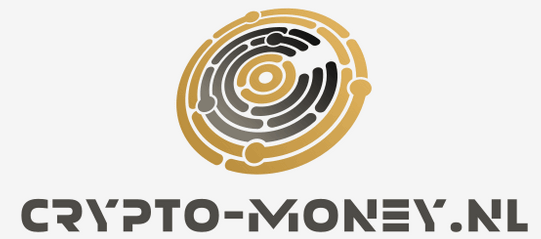In today’s rapidly evolving digital landscape, cryptocurrencies have become a mainstream method for transactions and investments. However, if you’re new to the crypto world, you might stumble across the phrase "crypto gas money." What does this mean, and why is it important when buying, transferring, or interacting with cryptocurrencies? In this article, we break down the essentials of crypto gas money and guide you on how to acquire it safely and efficiently, especially if you’re considering making a purchase in our online store.
Understanding Crypto Gas Money: What You Need to Know
When people speak about "crypto gas money," they are usually referring to the fees required to process transactions on a blockchain network, most notably Ethereum. In blockchain terminology, "gas" is the unit that measures the amount of computational effort required to execute operations, such as sending tokens or interacting with smart contracts. Just like a car needs gas to run, blockchain networks need gas money to function smoothly and securely.
Gas fees play a crucial role in maintaining the decentralized nature of blockchains. Every time you initiate a transaction, you’re essentially asking thousands of computers worldwide (also known as nodes) to validate and record your transaction. Gas money serves as an incentive for these network participants, rewarding them for dedicating their resources to keep the system operational, secure, and decentralized.
The amount of gas money needed can fluctuate significantly based on network congestion, transaction complexity, and current market trends. For instance, during times of high demand, such as the launch of a popular NFT collection, gas fees can spike dramatically. Understanding this helps buyers plan their transactions wisely—possibly saving money by transacting during off-peak hours.
How to Buy Crypto Gas Money Safely and Efficiently
Acquiring crypto gas money is a straightforward process, but it’s essential to follow best practices to ensure your funds are secure and your transactions are efficient. Gas money is usually paid in the native cryptocurrency of the blockchain you’re using—Ether (ETH) for Ethereum, or BNB for Binance Smart Chain, for example. The first step is to set up a secure crypto wallet, such as MetaMask or Trust Wallet, which you can use to store gas tokens.
Once your wallet is ready, you’ll need to purchase the appropriate cryptocurrency from a reputable exchange. Leading platforms like Coinbase, Binance, or Kraken offer user-friendly interfaces, support for multiple payment methods, and robust security measures. After buying your crypto, make sure to transfer a small amount as a test before moving larger sums—this helps you avoid costly mistakes and ensures the process runs smoothly.
Finally, always double-check the exact amount of gas money needed before confirming your transaction. Many wallets will automatically suggest an optimal gas fee based on current network conditions, but advanced users can manually adjust these settings to prioritize speed or cost. If you’re purchasing products or services from our store, look for updated guidance on recommended gas money amounts to avoid transaction delays or excess fees.
Crypto gas money might seem like a small detail in the broader world of digital currencies, but it plays a fundamental role in ensuring transactions are processed quickly, securely, and reliably. By understanding what gas money is, how it works, and the safest methods for acquiring it, you position yourself for a smooth and efficient shopping experience in our crypto-friendly store. Whether you’re new to cryptocurrencies or an experienced user, having enough gas money in your wallet ensures that your digital transactions remain fast, cost-effective, and hassle-free.

